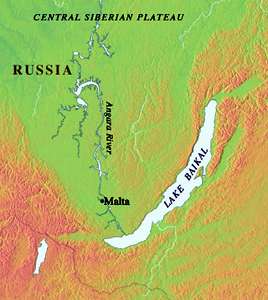I hear you, Roger. Just edited in a second link, which is a superb site for photographs of many artifacts from Mal'ta. Here it be again...
Announcement
Collapse
No announcement yet.
Lake Baikal Skeleton is "Scientific Sensation"
Collapse

Comment